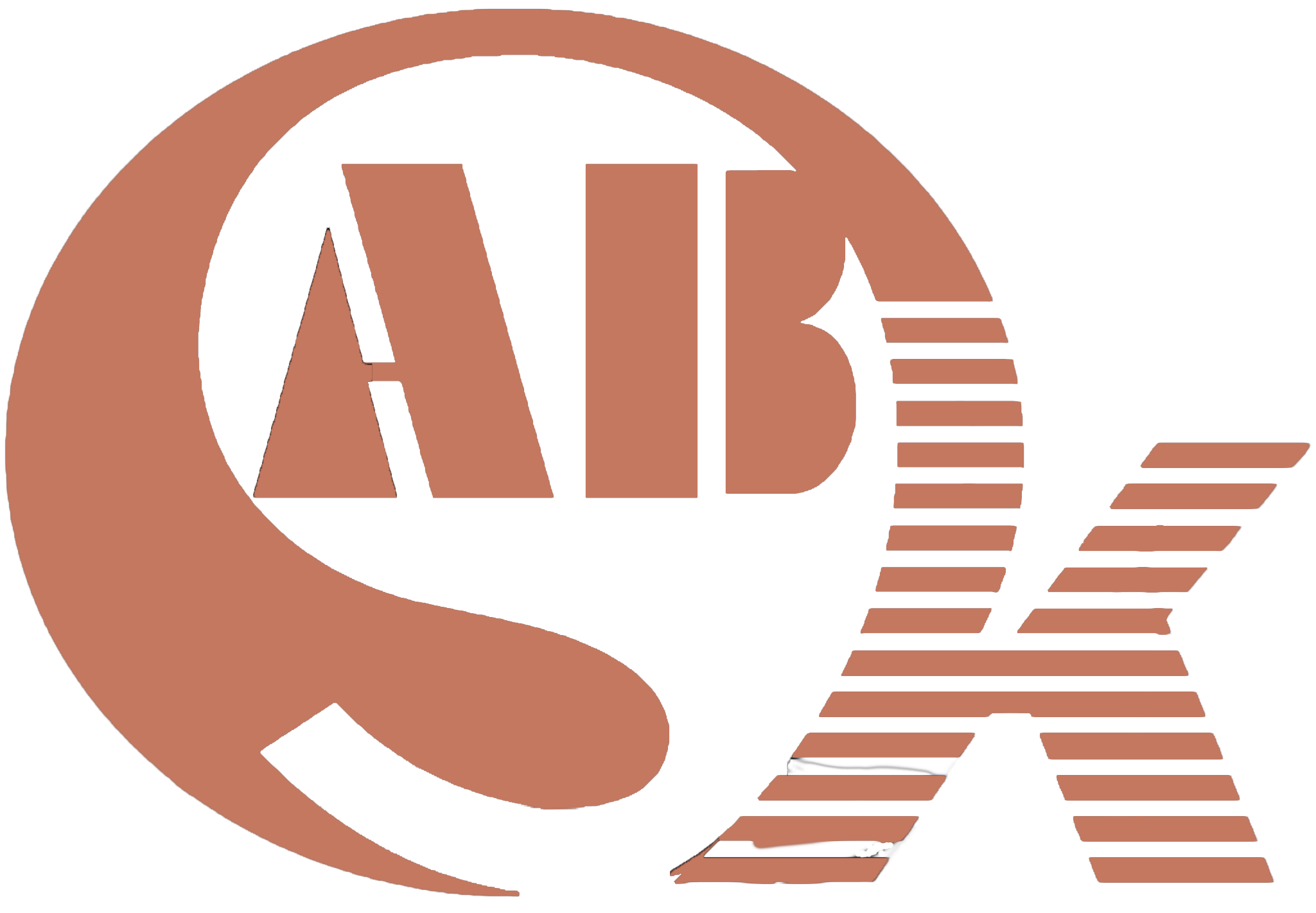Boosting Welding Efficiency: The Essential Role of Welding Auxiliary Equipment
Welding, both as a craft and an industry, has seen remarkable advancements over the years. Beyond the welding machines and torches themselves, welding auxiliary equipment has become an essential component in achieving efficient and high-quality welds. In this article, we will explore the significance of welding auxiliary equipment, its role in enhancing welding productivity, and the essential tools that every welder should consider.
Understanding Welding Auxiliary Equipment:
Welding auxiliary equipment, also known as welding accessories or ancillary tools, encompasses a wide range of devices and tools that complement the primary welding equipment. These accessories are designed to improve the efficiency, safety, and precision of welding processes, making them indispensable in both industrial and artisanal welding applications.
Key Benefits of Welding Auxiliary Equipment:
- Enhanced Efficiency: Welding auxiliary equipment is designed to streamline various welding tasks, reducing manual labor and the time required to complete welds.
- Improved Weld Quality: Many accessories are specifically crafted to ensure the quality and integrity of welds by providing precise control and consistency.
- Enhanced Safety: Safety is paramount in welding, and many auxiliary tools are designed with safety features to protect welders from hazards like sparks, fumes, and high temperatures.
- Versatility: These accessories are versatile and can be used in various welding applications, from MIG and TIG welding to stick welding and more.
- Cost-Efficiency: By increasing efficiency and reducing errors, welding auxiliary equipment can lead to cost savings in the long run.
Essential Welding Auxiliary Equipment:
Here are some of the most essential welding auxiliary tools and their roles in welding efficiency:
1. Welding Helmets and Safety Gear:
- Role: Protecting the welder’s eyes, face, and neck from sparks, UV rays, and heat.
- Key Features: Auto-darkening lenses, adjustable headgear, and flame-resistant materials.
2. Welding Gloves:
- Role: Shielding the hands from extreme heat and molten metal.
- Key Features: Heat-resistant materials, reinforced palms, and ergonomic design.
3. Welding Curtains and Screens:
- Role: Creating a safe work environment by containing sparks and protecting nearby objects and individuals.
- Key Features: Fire-resistant materials, easy installation, and portability.
4. Welding Tables and Workbenches:
- Role: Providing a stable and organized work surface for welding projects.
- Key Features: Heat-resistant tabletops, clamping options, and storage compartments.
5. Welding Clamps and Magnets:
- Role: Holding workpieces securely in place during welding.
- Key Features: Adjustable clamping pressure, magnetic strength, and various clamp styles.
6. Welding Carts and Stands:
- Role: Mobilizing welding equipment and accessories for easy transport and organization.
- Key Features: Sturdy construction, shelves for storage, and swivel casters for maneuverability.
7. Welding Wire and Electrode Holders:
- Role: Ensuring a steady and reliable feed of welding consumables to the torch or electrode.
- Key Features: Ergonomic design, easy-to-load mechanisms, and secure grips.
8. Welding Fume Extractors and Ventilation Systems:
- Role: Removing harmful welding fumes and maintaining air quality in the workspace.
- Key Features: Filtration efficiency, adjustable airflow, and portability.
9. Welding Chipping Hammers and Wire Brushes:
- Role: Removing slag, spatter, and debris from welds to ensure proper fusion and appearance.
- Key Features: Durable materials, comfortable handles, and effective slag removal.
10. Welding Positioners and Turntables: – Role: Rotating workpieces to the desired welding position, enhancing precision and reducing operator fatigue. – Key Features: Adjustable rotation speed, weight capacity, and ergonomic design.
Selecting the Right Welding Auxiliary Equipment:
When choosing welding auxiliary equipment, consider the following factors to ensure it aligns with your specific welding needs:
- Welding Process: Different welding processes may require specific accessories. Ensure that the equipment you choose is compatible with your welding technique.
- Workspace Size: Consider the available space in your workshop or job site to determine the size and portability of the auxiliary equipment.
- Budget: Determine your budget constraints while balancing the quality and features of the accessories to get the best value for your investment.
- Safety Standards: Ensure that the equipment meets safety standards and guidelines to protect yourself and your team.
- Welding Material: Some welding auxiliary equipment may be better suited for specific materials, so factor in the materials you commonly work with.
Conclusion: Elevating Welding Efficiency with the Right Tools
Welding auxiliary equipment is the unsung hero of the welding world, playing a pivotal role in enhancing efficiency, quality, and safety in welding processes. Whether you are a professional welder in an industrial setting or a hobbyist working in your garage, the right welding accessories can make a significant difference in the success of your projects.
By investing in essential welding auxiliary tools, you not only improve your welding efficiency but also ensure that your welds meet the highest standards of quality and safety. These tools are a testament to the continuous innovation in the welding industry, offering welders the means to achieve precision and excellence in their craft.
